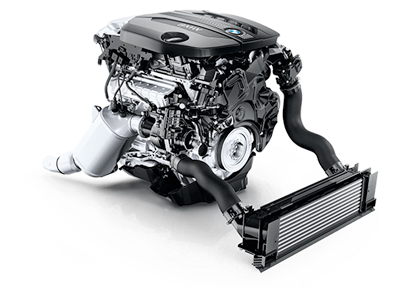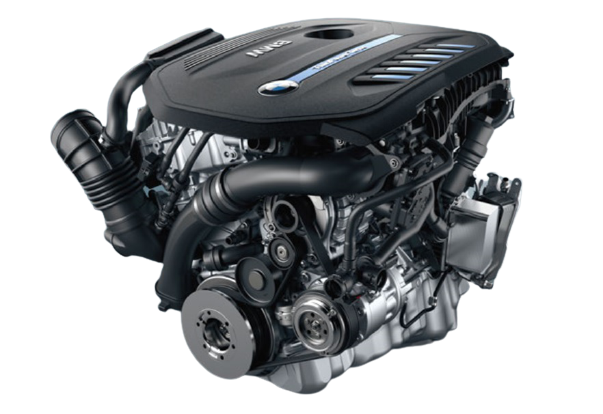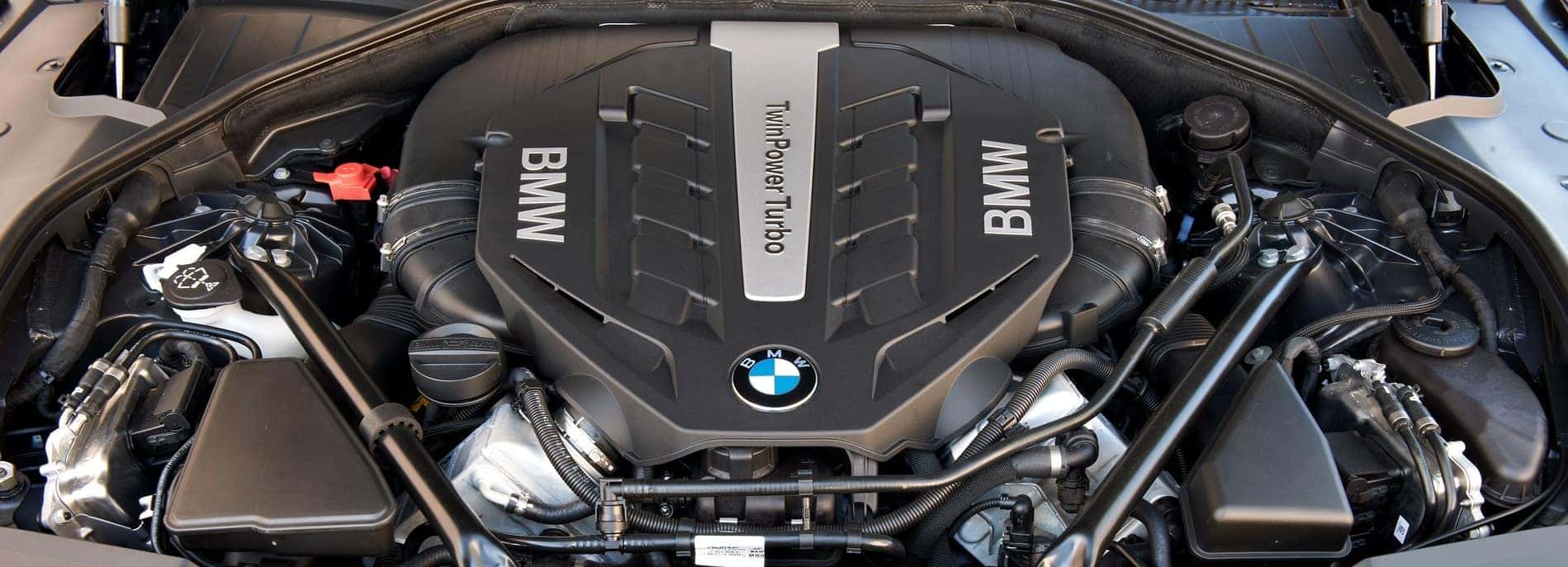Common Concerns Dealt With by BMW Engine Owners and How to Solve Them
Common Concerns Dealt With by BMW Engine Owners and How to Solve Them
Blog Article
From Idea to Truth: A Thorough Examination of the Design Marvels Driving Automotive Powertrain Advancements
In the world of vehicle design, the elaborate internet of improvements driving powertrain advancement is an engaging story that unfolds with accuracy and innovation. From the conceptualization of sophisticated modern technologies to their understanding in tangible automobile powertrains, a trip filled with engineering wonders awaits expedition. As we browse with the realms of inner burning engines, electric propulsion systems, hybrid powertrains, and the combination of software application and connectivity, a tapestry of improvements arises. Nevertheless, the true intrigue depends on the unraveling future patterns in automotive propulsion, where the borders of what is regarded feasible continue to be pressed.
Advancement of Inner Combustion Engines
The advancement of interior burning engines has been a pivotal element in the advancement of automobile powertrains. Over the years, innovations in products, manufacturing techniques, and electronic controls have significantly enhanced the performance, efficiency, and ecological friendliness of interior burning engines.
One of the vital turning points in this advancement was the development of fuel shot systems, which changed carburetors and enabled much more specific control over the fuel-air mixture. This advancement not just improved fuel efficiency yet also decreased unsafe emissions. Additionally, the intro of turbocharging and variable shutoff timing better boosted engine performance while satisfying rigorous exhausts laws. Looking in advance, continuous r & d initiatives are concentrated on alternate gas, hybridization, and electrification to move the development of interior burning engines towards even greater efficiency and sustainability.
Increase of Electric Propulsion Systems
In the world of auto design, a noteworthy change in the direction of electrical propulsion systems is currently reshaping the landscape of lorry powertrains. bmw engine. Electric propulsion systems, primarily driven by advancements in battery technology and ecological worries, are coming to be significantly common in the automobile industry. These systems supply countless benefits over standard internal burning engines, consisting of greater effectiveness, reduced exhausts, and boosted efficiency abilities

As car manufacturers proceed to purchase study and growth, electrical propulsion systems are expected to come to be even extra widespread and innovative. The shift in the direction of electrification represents a zero hour in auto history, indicating a considerable separation from conventional burning engine modern technology towards a other more efficient and lasting future.

Improvements in Hybrid Powertrains
With the growing demand for even more fuel-efficient and eco-friendly lorries, developments in crossbreed powertrains have come to be a prime focus in the automotive sector's pursuit of lasting transport remedies. Crossbreed powertrains integrate typical interior burning engines with electrical propulsion systems, using improved fuel performance and reduced exhausts compared to standard vehicles.
One secret advancement in hybrid powertrains is the advancement of plug-in hybrid electric lorries (PHEVs) These vehicles can be charged from an outside power resource, enabling expanded electric-only driving arrays. In addition, innovations in regenerative braking systems have actually enhanced the performance of hybrid cars by converting kinetic energy you can try here during braking into electric power to reenergize the battery.
Additionally, car manufacturers are progressively concentrating on enhancing the assimilation of crossbreed powertrains with advanced transmission systems to further boost overall effectiveness and performance. The usage of light-weight materials and advanced control systems has also contributed to making hybrid powertrains a lot more small and reliable. Generally, the continual advancements in hybrid powertrains are leading the way for a more sustainable future in the automobile market.

Assimilation of Software Program and Connectivity
Progressing the vehicle market's technical landscape, the assimilation of software program and connectivity plays a critical duty in boosting automobile efficiency and user experience. Software program manages vital facets of the lorry, such as engine administration, transmission systems, and advanced driver-assistance systems (ADAS)
Connection additional improves this combination by allowing lorries to interact with exterior networks, other cars, and infrastructure. Via features like remote diagnostics and over-the-air updates, makers can continually enhance vehicle efficiency, address issues without delay, and introduce new functions without needing physical recalls. Additionally, connection allows sophisticated functionalities like real-time web traffic updates, remote vehicle tracking, and smooth assimilation with mobile phones for boosted benefit.
Future Fads in Automotive Propulsion
The development of vehicle powertrain innovations, specifically in the assimilation of software program and connectivity, sets a foundation for exploring the future trends in automobile propulsion. Looking in advance, crucial patterns are emerging that are poised to transform the auto market.
Additionally, self-governing driving innovation is readied to improve the means lorries are powered. Self-driving cars are becoming more of a truth, and this dig this shift will likely impact propulsion systems. These vehicles might require one-of-a-kind powertrain arrangements to support various degrees of freedom. In addition, the combination of man-made intelligence (AI) and artificial intelligence in car propulsion systems is expected to enhance performance and performance.
Conclusion
To conclude, the continuous evolution of vehicle powertrains has seen the advancement of interior burning engines, electric propulsion systems, crossbreed powertrains, and the integration of software and connection. These innovations have driven substantial enhancements in performance, efficiency, and sustainability in the automotive market. Looking in advance, future trends show a continued change in the direction of electrification, autonomous driving, and connectivity, shaping the future of automotive propulsion systems.
The development of inner combustion engines has actually been a critical aspect in the improvement of auto powertrains.In the world of auto engineering, a noteworthy change towards electric propulsion systems is currently improving the landscape of vehicle powertrains. On the whole, the continuous improvements in crossbreed powertrains are leading the way for a more lasting future in the auto industry.
The evolution of automobile powertrain innovations, especially in the combination of software program and connection, establishes a structure for discovering the future patterns in automobile propulsion.In final thought, the consistent advancement of auto powertrains has seen the development of internal combustion engines, electric propulsion systems, hybrid powertrains, and the integration of software and connectivity.
Report this page